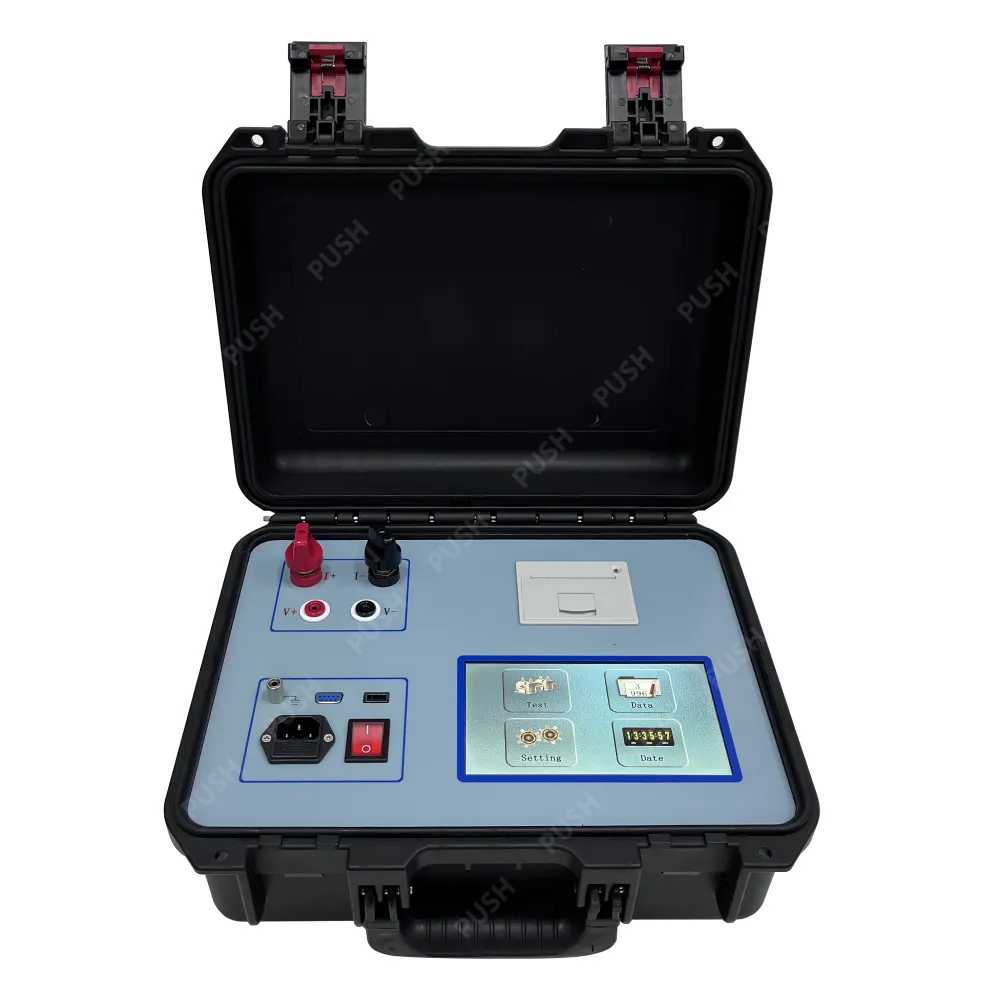 English
English



-
 Afrikaans
Afrikaans -
 Albanian
Albanian -
 Amharic
Amharic -
 Arabic
Arabic -
 Armenian
Armenian -
 Azerbaijani
Azerbaijani -
 Basque
Basque -
 Belarusian
Belarusian -
 Bengali
Bengali -
 Bosnian
Bosnian -
 Bulgarian
Bulgarian -
 Catalan
Catalan -
 Cebuano
Cebuano -
 China
China -
 China (Taiwan)
China (Taiwan) -
 Corsican
Corsican -
 Croatian
Croatian -
 Czech
Czech -
 Danish
Danish -
 Dutch
Dutch -
 English
English -
 Esperanto
Esperanto -
 Estonian
Estonian -
 Finnish
Finnish -
 French
French -
 Frisian
Frisian -
 Galician
Galician -
 Georgian
Georgian -
 German
German -
 Greek
Greek -
 Gujarati
Gujarati -
 Haitian Creole
Haitian Creole -
 hausa
hausa -
 hawaiian
hawaiian -
 Hebrew
Hebrew -
 Hindi
Hindi -
 Miao
Miao -
 Hungarian
Hungarian -
 Icelandic
Icelandic -
 igbo
igbo -
 Indonesian
Indonesian -
 irish
irish -
 Italian
Italian -
 Japanese
Japanese -
 Javanese
Javanese -
 Kannada
Kannada -
 kazakh
kazakh -
 Khmer
Khmer -
 Rwandese
Rwandese -
 Korean
Korean -
 Kurdish
Kurdish -
 Kyrgyz
Kyrgyz -
 Lao
Lao -
 Latin
Latin -
 Latvian
Latvian -
 Lithuanian
Lithuanian -
 Luxembourgish
Luxembourgish -
 Macedonian
Macedonian -
 Malgashi
Malgashi -
 Malay
Malay -
 Malayalam
Malayalam -
 Maltese
Maltese -
 Maori
Maori -
 Marathi
Marathi -
 Mongolian
Mongolian -
 Myanmar
Myanmar -
 Nepali
Nepali -
 Norwegian
Norwegian -
 Norwegian
Norwegian -
 Occitan
Occitan -
 Pashto
Pashto -
 Persian
Persian -
 Polish
Polish -
 Portuguese
Portuguese -
 Punjabi
Punjabi -
 Romanian
Romanian -
 Russian
Russian -
 Samoan
Samoan -
 Scottish Gaelic
Scottish Gaelic -
 Serbian
Serbian -
 Sesotho
Sesotho -
 Shona
Shona -
 Sindhi
Sindhi -
 Sinhala
Sinhala -
 Slovak
Slovak -
 Slovenian
Slovenian -
 Somali
Somali -
 Spanish
Spanish -
 Sundanese
Sundanese -
 Swahili
Swahili -
 Swedish
Swedish -
 Tagalog
Tagalog -
 Tajik
Tajik -
 Tamil
Tamil -
 Tatar
Tatar -
 Telugu
Telugu -
 Thai
Thai -
 Turkish
Turkish -
 Turkmen
Turkmen -
 Ukrainian
Ukrainian -
 Urdu
Urdu -
 Uighur
Uighur -
 Uzbek
Uzbek -
 Vietnamese
Vietnamese -
 Welsh
Welsh -
 Bantu
Bantu -
 Yiddish
Yiddish -
 Yoruba
Yoruba -
 Zulu
Zulu
inductance break point test
Understanding Inductance Break Point Testing
Inductance is a critical property of electrical components, influencing how they interact within circuits. The inductance break point test is a crucial procedure for evaluating the performance of inductors and transformers, helping engineers ensure that these components can handle specific voltage and current levels without failure. In this article, we will delve into the principles behind inductance, the significance of break point testing, and the methodologies involved.
What is Inductance?
Inductance refers to the property of an electrical conductor that opposes changes in current. It is measured in henries (H) and is a key factor in the operation of coils and inductors. When current flows through an inductor, it generates a magnetic field around it. If the current is suddenly changed, the magnetic field alters, inducing a voltage that opposes the change in current. This phenomenon is critical in various applications, including power supplies, filters, and energy storage systems.
Importance of Inductance Break Point Testing
The inductance break point test is essential for assessing the reliability and robustness of inductive components. The break point refers to the threshold where an inductor may begin to behave differently due to saturation or other physical phenomena. This usually indicates the maximum operating levels—either in terms of current or voltage—before the component can no longer function efficiently or safely.
Knowing the break point allows designers to avoid working in these limit ranges, thereby preventing overheating, component damage, or even failure. Moreover, it helps in determining the safe operating area (SOA) for inductors, ensuring that devices work within their specifications under varying conditions.
The Testing Process
inductance break point test

Conducting an inductance break point test involves several steps
1. Preparation Before testing, the device under investigation must be properly configured and connected to measuring equipment. This usually includes an inductor or transformer, multimeter, power supply, and oscilloscope.
2. Applying Test Conditions The inductive component is subjected to a controlled current increase until it reaches a predefined level—the anticipated break point. During this stage, it's critical to monitor the component’s temperature, voltage, and current to identify signs of saturation or failure.
3. Data Analysis As the current approaches the break point, the behavior of the inductance should be recorded meticulously. Any deviation from expected performance—such as sudden drops in inductance value or rapid increases in temperature—can indicate that the break point is being approached.
4. Validation After testing, data collected should be validated against the manufacturer’s specifications. This involves checking performance curves and threshold limits to determine if the inductor or transformer is operating within acceptable parameters.
5. Documentation and Reporting Detailed reports should be generated to capture the findings of the test. This is crucial for quality assurance, compliance with standards, and future design improvements.
Conclusion
The inductance break point test is invaluable in ensuring the reliability and safety of inductive components in electronic devices. By identifying the limits of functionality, engineers can develop more robust systems, mitigate risks associated with component failure, and enhance overall performance. As technology continues to advance, understanding and implementing effective testing methods like the inductance break point test will remain critical in the development of reliable electrical and electronic systems.
-
Ensuring SF₆ Gas Safety: Introducing PUSH’s Integrated SF₆ Analyzer for Dew Point, Purity, and Decomposition MonitoringNewsJul.10,2025
-
Exploring the Main Types of Industrial Endoscopes and Their Applications Across IndustriesNewsJul.04,2025
-
Testing Equipment Industry Sees Major Advancements in 2025: Smart & Precision Technologies Lead the WayNewsJun.06,2025
-
Applications of Direct Current Generators in Renewable Energy SystemsNewsJun.05,2025
-
Hipot Tester Calibration and Accuracy GuidelinesNewsJun.05,2025
-
Digital Circuit Breaker Analyzer Features and BenefitsNewsJun.05,2025



